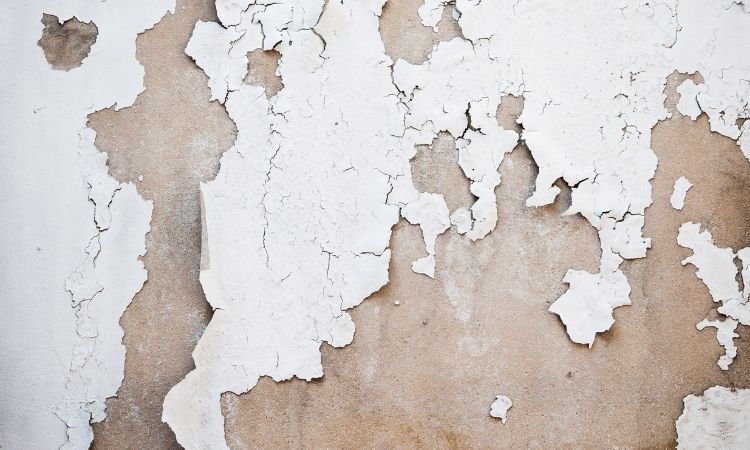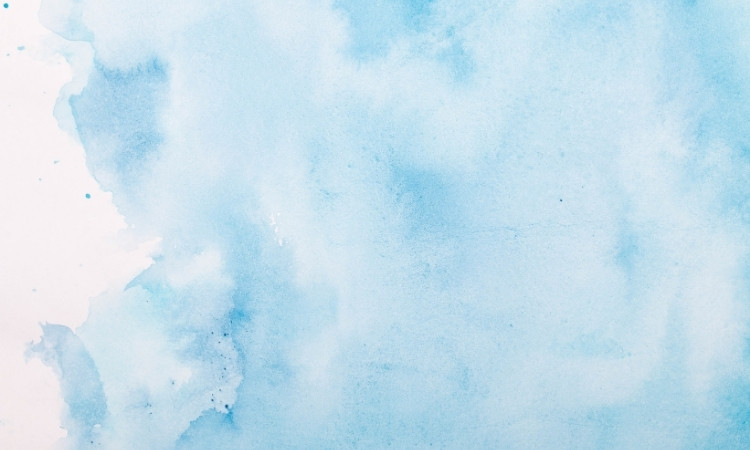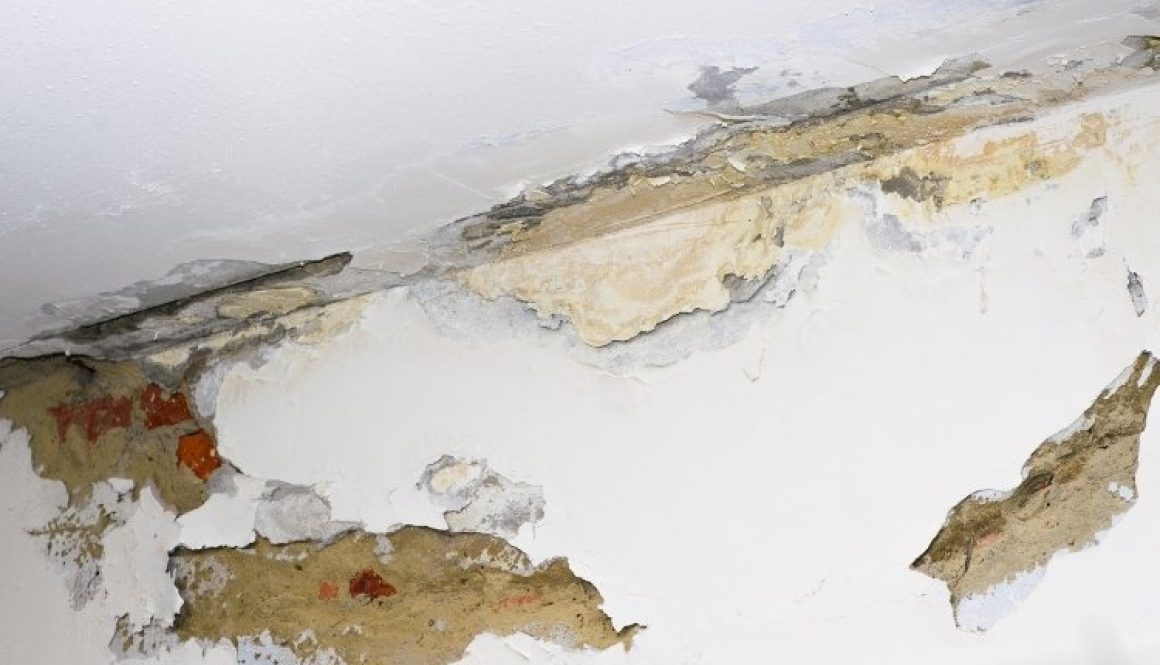7 Common Commercial Paint Problems and Their Solutions
Commercial Paint Problems can sneak up on even the most well-maintained buildings—cracking, peeling, or fading before you know it. If you own or manage a commercial space in Singapore, you’re no stranger to the constant battle against our island’s relentless humidity, rainfall, and blazing UV rays. These environmental factors don’t just affect your paint—they affect your business image, too.
As someone who’s worked with building contractors, painting professionals, and facility managers across Singapore, I can tell you: the appearance of your premises speaks louder than your signage. So let’s dig into the 7 most common commercial painting problems, why they occur, and how to fix them for good. Also, LS Painter Singapore offers the best residential painting, house painting, and commercial painting services in Singapore.
1. Peeling Paint
What It Is:
Paint that peels or flakes away from the surface in patches or sheets.
What Causes It:
Peeling is typically caused by moisture beneath the paint film, poor surface preparation, or painting over damp walls. In Singapore, where buildings are often exposed to high humidity or leaky air-conditioning pipes, this is one of the most frequent Commercial Paint Problems.
How to Fix It:
- Strip the loose paint completely.
- Sand the surface smooth.
- Apply a high-quality, moisture-resistant primer.
- Use a premium exterior paint suitable for tropical weather.
2. Bubbling or Blistering Paint
What It Is:
Raised bubbles or blisters form under the paint, causing an uneven surface.
What Causes It:
Usually, the result of painting over a hot or wet surface or when moisture becomes trapped underneath the paint layer. This is a widespread Commercial Painting Problem in Singapore’s wet-dry climate cycle.
How to Fix It:
- Remove bubbled paint with a scraper.
- Allow the surface to fully dry.
- Use a breathable, water-resistant paint product.
- Avoid painting under direct sun or right after rain.
3. Efflorescence (White Powder on Walls)
What It Is:
White, chalky stains appear on concrete or brick walls.
What Causes It:
Moisture travels through the wall, dissolving salts that rise to the surface and crystallize. This is common in older buildings and underground structures in Singapore, where water ingress is a concern.
How to Fix It:
- Find the source of the water intrusion and fix it.
- Clean the wall thoroughly with a wire brush.
- Apply an alkali-resistant primer.
- Use a waterproof topcoat to seal the surface.

4. Fading Paint
What It Is:
Paint that has lost its original brightness or looks bleached, especially on outer walls.
What Causes It:
UV radiation from the sun is the top culprit, especially for darker colors. Singapore’s relentless tropical sun makes this one of the more obvious Commercial Paint Problems in Singapore.
How to Fix It:
- Repaint using high-quality, UV-resistant paint.
- Choose fade-resistant colors and pigments.
- Use a protective topcoat to extend the color life.
5. Mould and Mildew
What It Is:
Dark spots or patches (black, green, or grey) that form in damp, shaded, or poorly ventilated areas.
What Causes It:
Consistently high humidity, lack of sunlight, and insufficient airflow— common conditions in basements, stairwells, and service areas in Singapore.
How to Fix It:
- Clean mold using a bleach-and-water solution.
- Dry the surface completely.
- Prime with an anti-mould primer.
- Apply a mould-resistant paint.
- Improve airflow and dehumidify where necessary.
6. Chalking
What It Is:
A fine, dusty residue that comes off painted surfaces when rubbed.
What Causes It:
Chalking is a sign of paint breakdown from UV exposure or the use of low-quality paints. It’s common on sun-exposed external walls in Singapore.
How to Fix It:
- Wash and scrub off the chalky residue.
- Apply a bonding primer.
- Repaint with a durable, non-chalking paint designed for the tropics.

7. Cracking or Crazing
What It Is:
Hairline cracks or large splits in the paint layer create a web-like effect.
What Causes It:
This happens due to temperature fluctuations, poor paint application (too thick or fast-drying layers), or natural movement in the building’s structure. It’s a familiar issue in Singapore’s older commercial units.
How to Fix It:
- Remove all cracked paint and repair the base.
- Use a flexible filler for deeper cracks.
- Apply a flexible undercoat and elastomeric exterior paint.
- For interior walls, use paints with added flexibility.
Why Fix Commercial Paint Problems in Singapore
Let’s face it: your building is your business’s first impression. Whether you’re in retail, corporate, industrial, or F&B, ignoring commercial paint problems in Singapore can send the wrong message to customers and tenants. Worse yet, unresolved paint issues often lead to more expensive repairs later on.
Being proactive helps protect your property from moisture, mold, and structural damage while keeping your space looking professional and inviting.
Final Thoughts
Staying on top of commercial paint problems is about more than appearance—it’s about long-term protection, safety, and brand reputation. Whether you’re dealing with peeling, mildew, or fading paint, identifying and addressing these common commercial paint problems early on saves time, money, and stress.
With the right preparation, high-quality materials, and climate-appropriate paint systems, you can avoid many commercial painting issues before they start. And if you’re unsure where to begin, hiring a local professional painter familiar with commercial paint problems in Singapore is always a smart investment.


